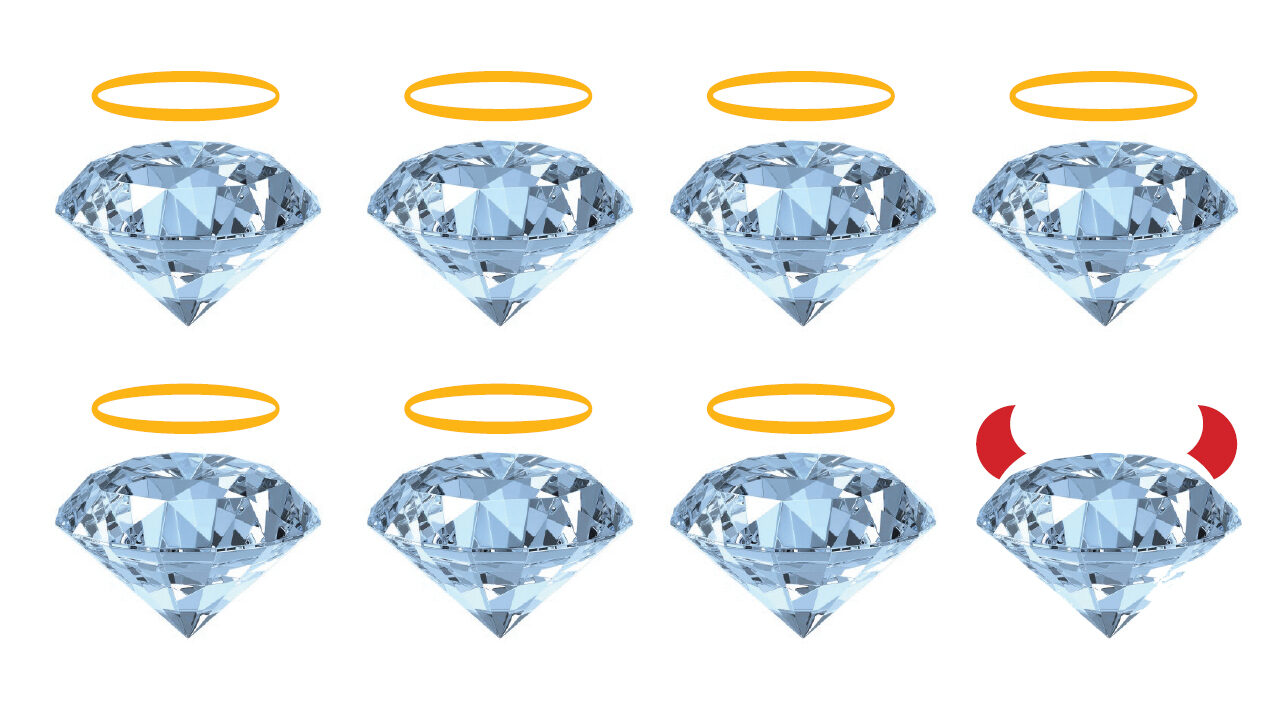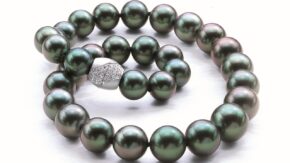It all comes down to the money – and the law of supply and demand is as relevant in the synthetic diamond market as it is anywhere else.
It all comes down to the money – and the law of supply and demand is as relevant in the synthetic diamond market as it is anywhere else.
It’s not just ethics that industry players are hotly debating when it comes to synthetic diamonds. Supply, demand, and price factors are key elements, too – especially since there is some speculation regarding how much of the market these diamonds will capture.
As technology for producing lab grown diamonds improves and the cost of production declines, supply will increase, driving prices down and further differentiating the product from natural diamonds, argues Martin Rapaport, chairman of the Rapaport Group.
Of course, a rise in production may create pressure to sell cheaper, but you’re not going to sell if you can’t get a return, counters Stanley Zale, vice president of diamonds and gemstones at jewelry wholesaler Stuller Inc., which also supplies lab-grown diamonds. “I believe in the laws of supply and demand, which means the market for lab-grown diamonds will find its equilibrium,” he says.
NAME YOUR PRICE!
Part of the issue is that the price of synthetic diamonds is based on the price of natural ones rather than on their own production costs, explains a jewelry designer who has worked with lab-created diamonds.
“That means the product is overvalued, because its price is not related to its cost,” says the designer, who asks to remain anonymous.
Zale estimates that lab-grown diamonds fetch about 30% less on the market than their natural counterparts, depending on the size and quality of the stone.
And while synthetics provide slightly better margins than natural diamonds, their sales aren’t high enough for those margins to be a primary reason for dealing in the product, he suggests.
“The market is growing, but it’s a snowball, not an avalanche,” he explains, adding that there’s a steady momentum.
Lab Grown Diamonds
– 30% estimated price difference compared to their natural counterparts on the market
2% estimated share of global diamond output of which only 10% is gem quality
SUPPLY PRESSURE
From the supply side, many diamond dealers who moved into the lab-grown space have since dropped out due to the lack of demand, claims Praveenshankar Pandya, chairman of the Gem & Jewellery Export Promotion Council (GJEPC), which commissioned research that will be published later this year regarding the synthetics market.
Because demand for gem-quality goods hasn’t gained traction, growers are more focused on industrial production, Pandya says.
While the volume of goods coming to the market is largely unknown, he estimates that lab-grown production accounts for only about 2% of global diamond output. “And of that 2%, about 10% is gem quality,” he adds.
That’s not to say the industry should rest on its laurels, as most expect demand to grow, even if it’s at a gradual pace. “Lab-grown diamonds are being marketed more consistently to consumers and are therefore piquing the interest of consumer media,” says David Bonaparte, president and CEO of retail trade body Jewelers of America. “The increased exposure will only lead to more curiosity about the category.”




